Apple’s new AirTags, iPad Pro, Apple TV and iMacs explained
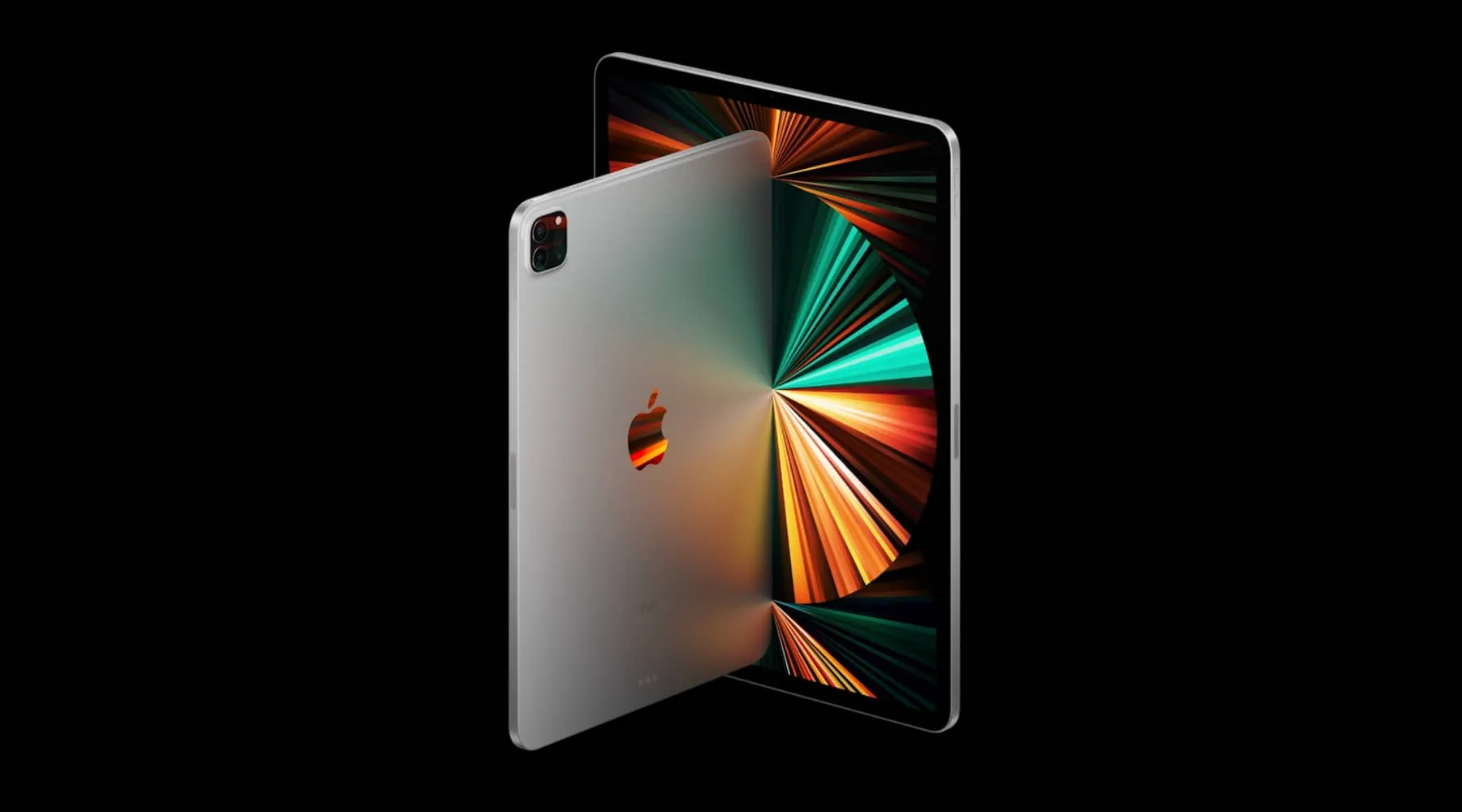
We've got full Australian details on everything you need to know from Apple's Spring Loaded event.
While Apple liberally throws around words like "magical" and "revolutionary" when describing its products, its Spring Loaded event didn't really throw out any absolute shockers, with updates to the iPad Pro, iMac and Apple TV revealed.
There were a few genuine surprises, such as a new colour for the iPhone 12 range of handsets. Few market watchers expected anything in the iPhone arena to make a debut this morning. Here's what Apple announced, and when you'll be able to get your hands on it.
New iPad Pro: M1, MiniLED Liquid Retina XDR and more
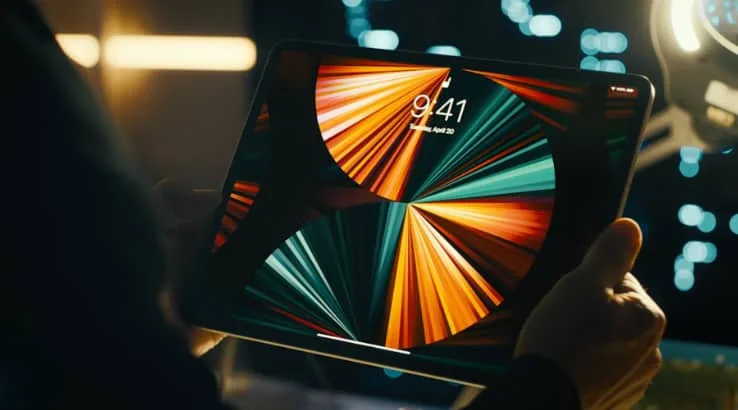
The last device announced at Apple events is pretty much always going to be the star of the show, and in this case it's an update to the iPad Pro line of 11 and 12.9 inch tablets.
The big news here is mostly behind the glass, with Apple taking the M1 chip architecture that it's already using for devices such as the 13 inch M1 MacBook Air and 13 inch M1 MacBook Pro and dropping into the new generation iPad Pro models. It's not entirely clear if it's the exact same chip or just the same Apple Silicon ARM-based architecture, however. Apple already sells slight variants of the M1 in the MacBook lines, and the iPad Pro could again be another slight variation here.
What it should be is quite powerful, with Apple claiming a 50% speed boost over the prior generation of iPad Pro devices, themselves no slouches in the tablet or indeed laptop space. The M1 in the iPad Pro 11 and iPad Pro 12.9 features an 8 core CPU and 8 core GPU, with 40% faster graphics performance as well. If you like slightly silly figures, Apple's claims are that it's up to 75x faster in CPU speed than the original, 11 year old iPad, and up to 1500x faster in graphics performance. It's just a hunch, but not too many people are likely to be directly upgrading from a 2010 iPad to a 2021 iPad Pro.
The iPad Pro also gets a new storage configuration, with a 2TB model for those who really need lots of storage, although like every iPad, there's no direct way to add onboard storage. That might not be as much of an issue as it used to be, however, because while it's only packing a single USB C type port, it's now got Thunderbolt and USB 4 support for very fast external storage and higher resolution external display output amongst its bag of tricks.
Since its inception, iPads have offered either Wi-Fi or Wi-Fi+Cellular options, and the new iPad Pro will take that a step further with integrated 5G connectivity on the cellular models. Annoyingly, like the iPhone 12, the US gets a better quality 5G experience with support for both sub-6 and mmWave 5G, while international models – almost assuredly including the Australian models, but we're waiting for absolute confirmation from Apple on this – only supporting sub-6 5G. For now that's OK, as we don't have mmWave 5G in Australia, but it's likely this year, and future-proofing would be nice.
The new iPad Pro models include upgraded camera optics, including a new ultrawide 122 degree camera with what Apple calls "Center Stage" for quick panning on you during your Zoom meetings and Facetime calls, although the iPhone 12 will still remain Apple's photography star for now.
In prior generations, the difference between the iPad Pro 11 and the iPad Pro 12.9 was largely the size of the display, but for this generation there's also a big technology jump if you opt for the larger iPad Pro. That's because it shifts to using a miniLED display with 10,000 miniLEDs to provide brighter and clearer images across its 5.6 million pixels. Apple loves a fancy name for this kind of technology, so it's called "Liquid Retina XDR", but only if you opt for that larger model.
The iPad Pro has always attracted a higher price point than the regular iPads, but what's pleasing to see here is that Apple's actually dropping the prices relative to the 4th generation iPad Pro lines. Here's how the pricing models compare:
| iPad Pro Australian Pricing | 4th Gen Wi-Fi | 4th Gen Wi-Fi+Cellular | 5th Gen Wi-Fi | 5th Gen Wi-Fi+Cellular |
|---|---|---|---|---|
| iPad Pro 11 128GB | $1,329 | $1,579 | $1,119 | $1,449 |
| iPad Pro 11 256GB | $1,499 | $1,749 | $1,349 | $1,599 |
| iPad Pro 11 512GB | $1,839 | $2,089 | $1,649 | $1,899 |
| iPad Pro 11 1TB | $2,179 | $2,429 | $2,249 | $2,499 |
| iPad Pro 11 2TB | $2,849 | $3,099 | ||
| iPad Pro 12.9 128GB | $1,649 | $1,899 | $1,649 | $1,899 |
| iPad Pro 12.9 256GB | $2,819 | $2,069 | $1,799 | $2,049 |
| iPad Pro 12.9 512GB | $2,159 | $2,409 | $2,099 | $2,349 |
| iPad Pro 12.9 1TB | $2,499 | $2,749 | $2,699 | $2,949 |
| iPad Pro 12.9 2TB | $3,299 | $3,549 |
The iPad Pro 11 and iPad Pro 12.9 will be open for pre-order from 30 April 2021, with availability in the second half of May.
New iPhone 12… colour
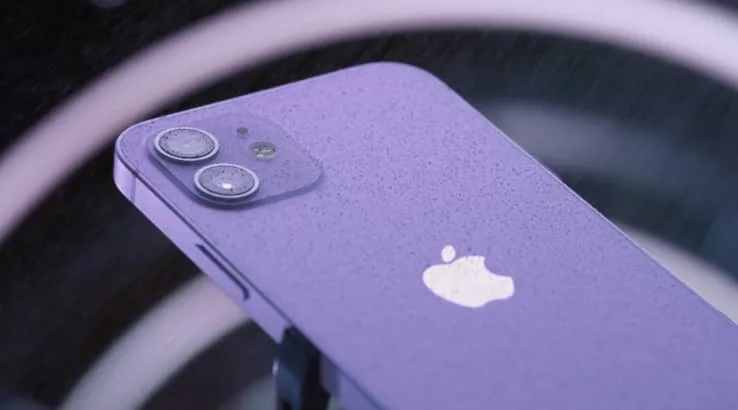
Apple also updated the iPhone 12 line, but only in colour terms, with a new purple variant iPhone 12 and iPhone 12 Mini available if you're a bit of a Prince fan. That appears to be iPhone 12 and 12 Mini only, so fans of the iPhone 12 Pro or iPhone 12 Pro Max will miss out.
You won't have to wait as long, with the Purple iPhone iPhone 12 and iPhone 12 mini pre orders kicking off at 10 p.m. AEST on 23 April and availability from 30 April.
New M1 iMacs
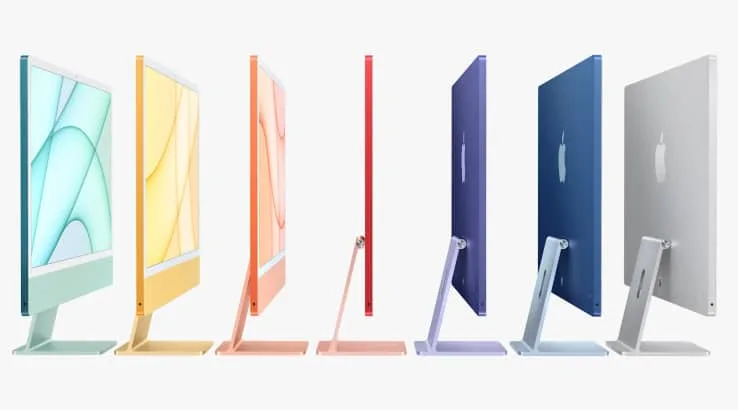
The M1 plan for Apple was always about shifting to its own silicon as much as possible, and most rumour sites had pegged that new M1-based iMacs were amongst the mix, although it wasn't clear if Apple would dedicate much time to them as part of the Spring Loaded event.
It certainly did, showing off M1 iMacs in 7 new colours with a thin new design, new power adaptor and of course an M1 chip underneath running the whole show.
The new M1 iMacs will ship with a 24" display that Apple says fits into an array only slightly larger than the old 21" iMac body. It features a 4.5K display with 500 nits of brightness and a 1080p camera for better videoconferencing capabilities, as well as boosted microphones and sound systems thanks to the additional space available due to the M1's system on a chip design.
Apple's also redesigned the power arrangement for the iMac. Previous iMacs used internal power supplies, but it now sits outside the iMac, rather like an old school MacBook with a magnetic connector. That power supply is also where Apple's throwing the ethernet port if you prefer wired connectivity, meaning that there's fewer actual ports on the rear of the iMac itself. It's worth noting that this is only an option on the higher spec iMacs, as is the inclusion of USB 3 ports.
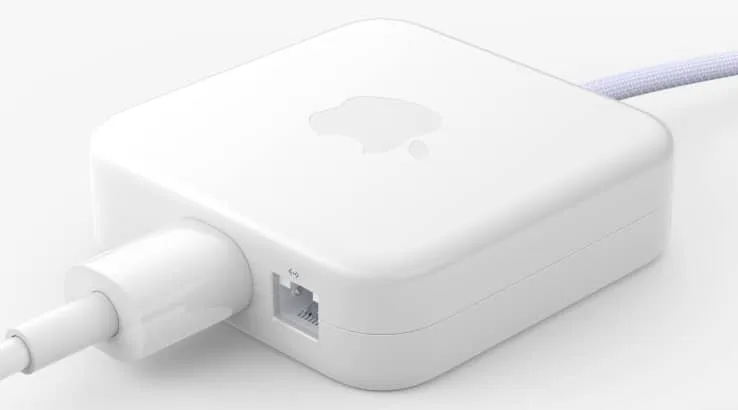
Apple will sell the new iMacs in up to 7 colours, although you can't get every colour with every combination of iMac. The entry level 8-core CPU/7 Core GPU iMacs only sell in Blue, Green, Pink or Silver, while the higher spec 8-core CPU/8-core GPU variants sell in Blue, Green, Pink, Silver, Yellow, Orange or Purple.
Apple also announced a new range of peripherals colour matched to the new iMac lines, including its first keyboards with integrated Touch ID capabilities.
The new iMacs, like the new iPad Pro lines, go on pre-sale from 30 April with availability in that mysterious "second half of May". The entry level 8-core CPU/7-core GPU model will cost $1899, while the 8-core CPU/8-Core GPU model will cost $2,199 with 256GB of onboard storage or $2,499 with 512GB.
AirTags help you find your lost stuff
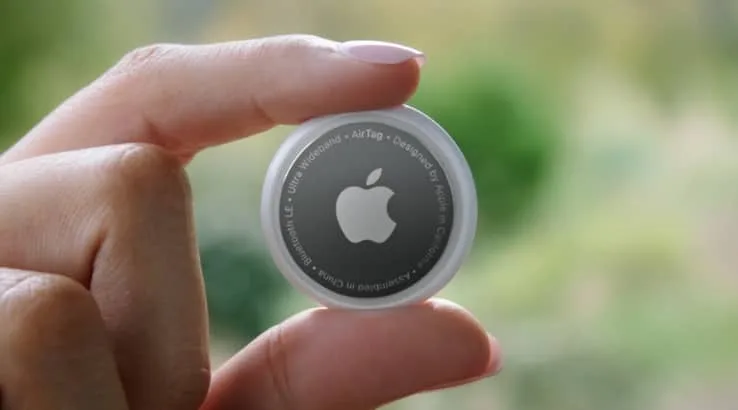
Apple's AirTags haven't been a secret for a long time now, with Apple's take on the Tile tracker only really being mysterious because it seemed to be taking a very long time to bring them to market. That wait is over, with Apple announcing its new tracking tiles devices going on pre-order from 23 April for $45 each, or $149 for a 3-pack.
AirTags use Apple U1 chip to provide precise location information to compatible iPhones, but Apple says that it's a secure system that shouldn't allow for either snooping or inadvertent privacy violations. At close range it uses Bluetooth for precise finding, while if you lose your AirTag and whatever it's attached to, it uses the wider FindMy network (already present on iPhones for years now) to help you locate lost items.
Apple TV 4K finally gets an update
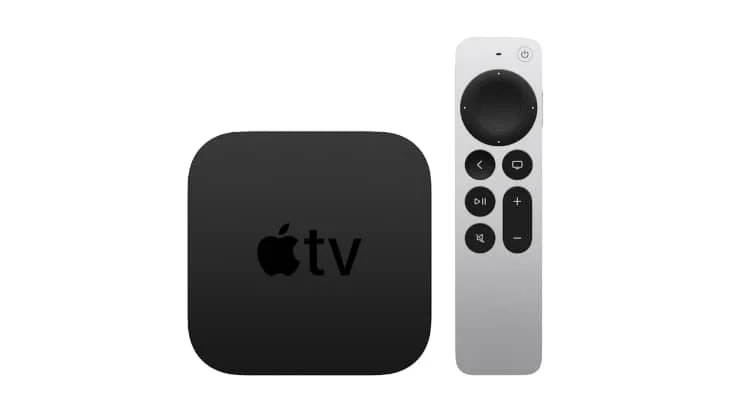
It's been a long while between drinks for the Apple TV 4K, but Apple finally announced an upgrade to its set top box family, with the "new" Apple TV 4K. No new fancy name, but under the hood there's the same A12 Bionic processor found in the iPhone XS generation, adding support for high frame rate HDR, as well as a new Colour Balance feature.
This uses the iPhone 12 as an effective colour balancing camera, with the idea being that you hold your phone up to your TV when the new Apple TV 4K is connected. It takes colour and brightness readings and automatically calibrates the output from the Apple TV 4K for optimal accuracy without having to personally tweak contrast, brightness or any other aspect of your TV's actual output. The slight catch there is that it's not actually changing your TV's settings, just the way the Apple TV 4K outputs to them, so if you do use other devices or inputs, they might appear quite different to your Apple TV 4K's output.
The Siri remote also gets a huge upgrade, with Apple mostly ditching the mostly awful touchpad of the existing Apple TV 4K in favour of a button-based approach. The top clickpad is still touch enabled with a jog wheel style selector for quick scrolling, as well as power support onboard, presumably as long as you're connected to your TV via ARC or eARC.
It's not clear at this stage how long Apple might support the existing Apple TV 4K in terms of tvOS upgrades, but it's a smart bet that it won't see any new features.
The new Apple TV 4K goes on pre-order from 30 April with availability from – you guessed it – the second half of May. The 32GB model will cost $249, while the 64GB model will set you back $279.
Apple Card gets a family option
We're yet to see the Apple Card credit card here in Australia, but right at the start of the event, Apple's Tim Cook announced that it's going to add a "family" option to allow spouses and family members to share an Apple Card account. Intriguingly, Cook stated that this should allow more people to build a better credit score history over time.
Looking for a new phone? Check out our in-depth mobile phone reviews first so you make the right pick for you.